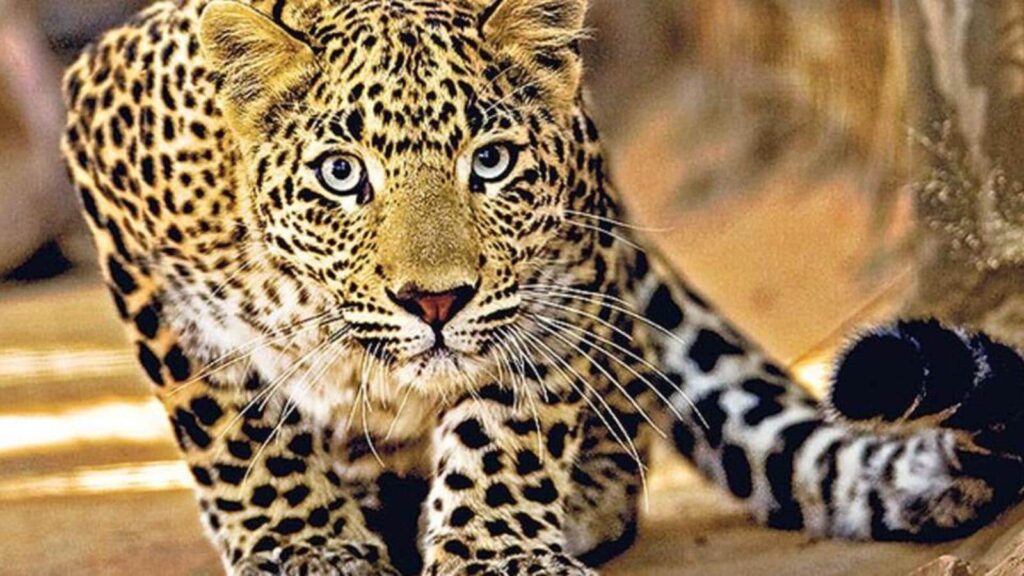Leopard attacks in Junnar likely to peak by year-end: Experts

Junnar tehsil is currently experiencing a surge in leopard attack incidents and according to experts, more such incidents are likely to take place by the end of the year.

A 40-year-old woman was killed in a leopard attack in Pendhar village in Junnar on Wednesday. This incident marked the seventh death in the Junnar forest division due to leopard attacks since March.
“It is expected that more leopard attacks might take place by the end of the year. It is a worrisome situation for the forest department as well as the concerned authorities and the locals,” said Kumar Ankit, senior research fellow at the Wildlife Institute of India (WII), who has been working on the leopard project in Junnar since 2019, under the guidance of Bilal Habib, a senior scientist at WII.
Sharing insights from the data observations, Ankit said, that in places like Pauri Garhwal in Uttarakhand and others, including Junnar in Maharashtra, where humans and carnivorous animals coexist, we have seen a certain trend in such conflict incidents.
“There is a cycle that takes place every three to four years in these areas in which the animal attack incident surges and after a while, a drop is seen,” he said.
“In Junnar, data shows that the cycle started in 2001, in which there is a peak in attacks and human deaths are reported every three to four years. But from 2022, the cases have increased significantly and those are prominently happening in clusters,” he said.
Problematic individual leopards are among the major concerns in Junnar. The leopard cubs that are growing now and trying to occupy new territories.
“When the forest department captured ten leopards from Pimpri Pendhar and surrounding villages, within a month six new leopards came into the area. When these young leopards come out to explore and occupy new territory, the attacks happen,” said Ankit.
“The cycle can only be co-related with young leopards or the problematic individual leopards,” he added.
The leopard cubs stay with their mother up to 15 months. Upon becoming an adult, the male starts dispersing to another territory while the female leopards can share nearby territory with their mother. Adult leopards can hold a territory for around 4-5 years and after that, they wander again as nomads. The average lifespan of leopards in the wild is around 7-8 years. While in captivity it goes up to 15-20 years due to better availability of resources and fewer territorial fights.
“In a recent incident, we captured a leopard and examined him in the Manikdoh Leopard Rescue Centre in Junnar, with body conditions and other parameters we concluded that it was the same leopard involved in attacks on humans. After his capture there was no attack reported in the area,” said Ankit.
“Even in the recent attack in Pimpri Pendhar, the leopard seems to be residing in a cluster. So, hotspots like Jambut, Pimpri Pendhar are now becoming clusters for human deaths in leopard attacks,” he said.
Meanwhile, in the recent annual research conference held at WII in Dehradun, scientists, as well as the forest department officials, highlighted that there is a need for strong policy decisions that include leopard birth control measures.
A draft for the same has been submitted by the state government of Maharashtra to the Union Ministry of Environment, Forest and Climate Change and is now pending approval from the ministry.
Amol Satpute, deputy conservator of forest, Junnar, said, “The department is vigilant and taking possible efforts to mitigate human-wildlife conflict. A multi-agency plan for conflict mitigation has already been submitted to the district collector as well as the state government. Unfortunately, we have not received the expected support from the other government departments, particularly from the gram panchayats.”
“We have now started collecting data about families that are living in open fields in several villages in Junnar. The geo-coordinates are prepared and it will help us to keep track of those families,” he said.
“We observed that maximum attacks were happening around the houses particularly located in the field. Hence we have introduced a scheme in which solar fencing will be installed on one acre of the area of the house. While 75% of the cost will be covered by the forest department the remaining 25% will be borne by the beneficiary. We believe that the initiative will help us prevent leopard attacks, particularly happening around houses,” he said.




